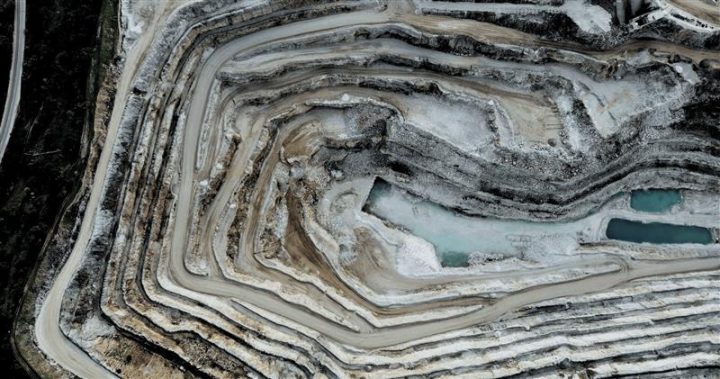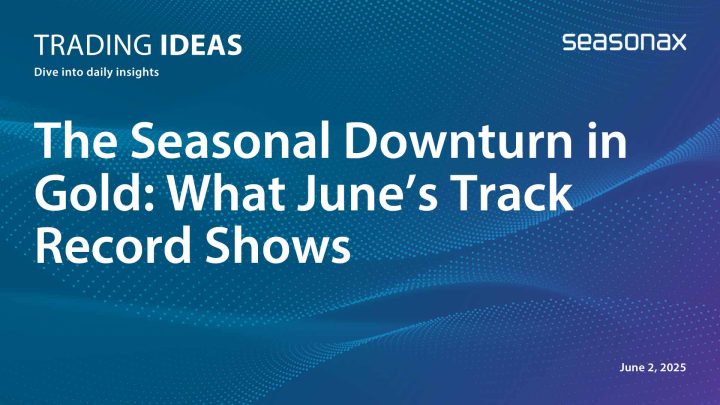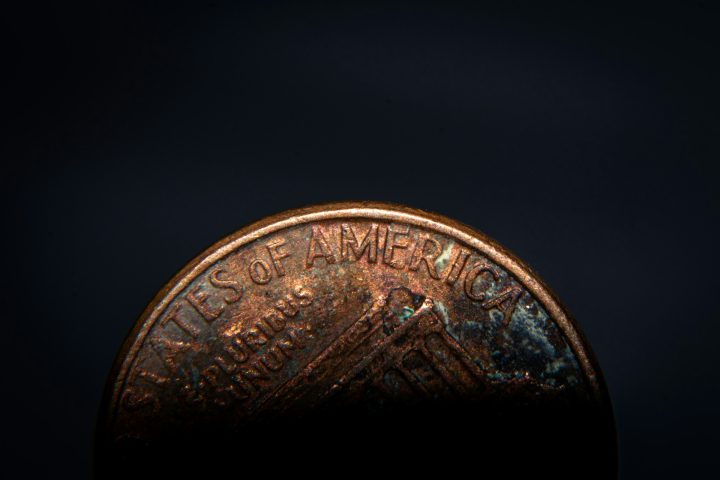
Platinum: A Seasonal Surge into February!
Platinum has delivered one of the strongest recurring winter seasonal patterns in precious metals, averaging nearly +8% from early December into February with an 84% historical win rate. This Q1 bias aligns with three consecutive years of projected market deficits and sustained physical tightness. Seasonality and structural scarcity continue to reinforce a compelling tactical and macro investment case.









